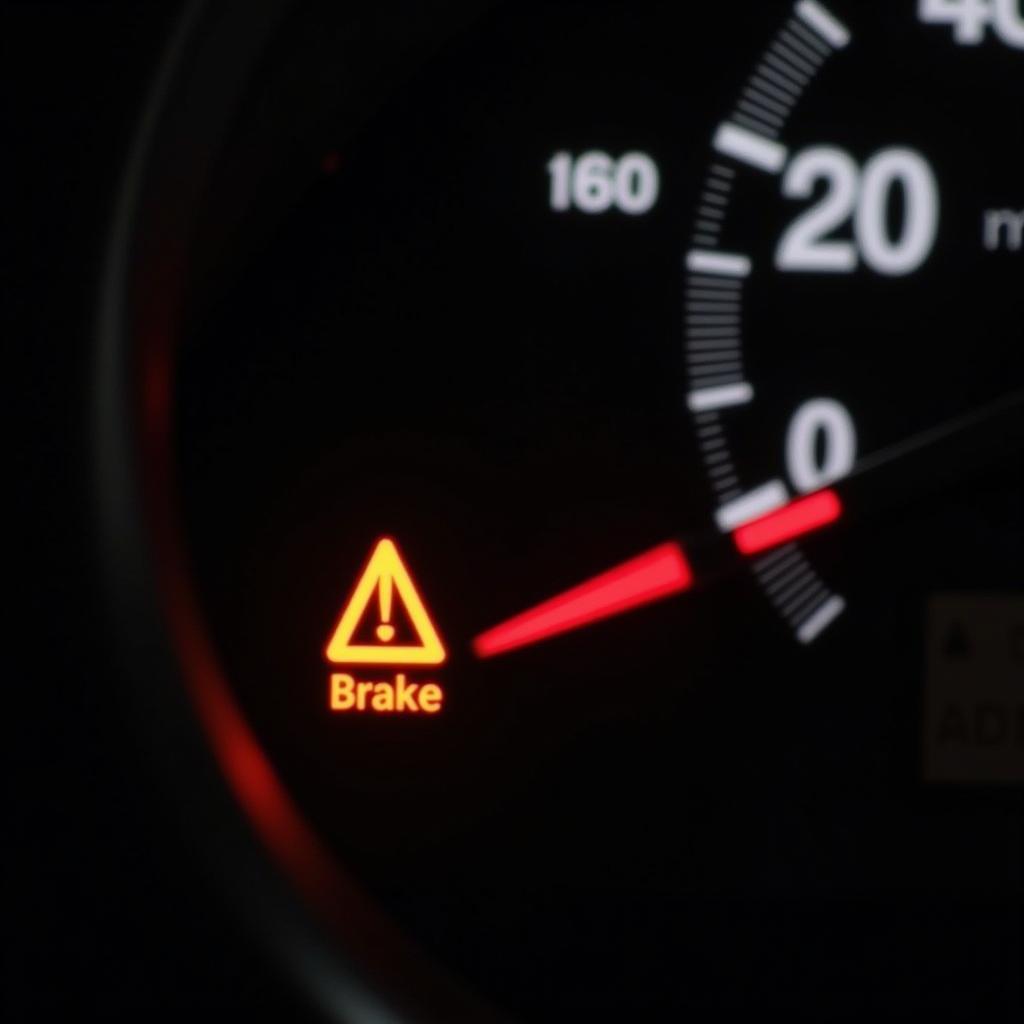A car that won’t start is a frustrating experience, especially when you’re rushing to work or an important appointment. While there could be various reasons behind this automotive headache, one of the most common culprits is a faulty battery. This comprehensive guide will walk you through the possible battery-related issues that could be preventing your car from starting and equip you with the knowledge to get it back up and running.
Understanding Your Car Battery’s Role
Before delving into the specifics of car battery issues, it’s crucial to understand the vital role your battery plays in getting your vehicle moving. The battery acts as the heart of your car’s electrical system, providing the initial jolt of power required to start the engine. It also powers various electrical components like headlights, radio, and power windows.
Common Car Battery Problems and Symptoms
Here are some telltale signs that your car starting problems might stem from a battery issue:
- Slow Cranking: When you turn the key, the engine cranks slowly and sluggishly, indicating a weak battery that struggles to deliver sufficient power.
- Clicking Sounds: Rapid clicking sounds when you turn the key often point towards a dead battery that lacks the juice to engage the starter motor.
- Dim or Flickering Lights: If your headlights appear dim, especially when the engine is off, or flicker noticeably when you try to start the car, it signifies a drained battery.
- Warning Light on Dashboard: A battery-shaped warning light illuminating on your dashboard generally indicates a problem with the battery or the charging system.
- Old Age: Car batteries have a limited lifespan, typically lasting between three to five years. If your battery is nearing the end of its life expectancy, it’s more prone to failure.
Diagnosing a Car Battery Problem
If you suspect a battery issue is behind your car starting woes, here’s how to diagnose it:
- Visual Inspection: Open the hood and check the battery for any visible signs of damage, corrosion, or loose connections.
- Voltage Test: Use a multimeter to check the battery voltage. A fully charged battery should read around 12.6 volts.
- Load Test: A load test, typically performed at an auto parts store or mechanic, assesses the battery’s ability to hold a charge under strain.
What to Do When Your Car Won’t Start Due to Battery Issues
1. Jump Starting
Jump starting your car using jumper cables and another vehicle’s battery is a temporary solution to get you moving again. However, it’s crucial to follow the correct procedure to avoid any mishaps.
2. Battery Charging
If the battery is simply drained, connecting it to a battery charger for several hours can replenish its charge.
3. Battery Replacement
If the battery is old, damaged, or fails the tests, it’s time for a replacement. Ensure you choose a battery with the correct specifications for your vehicle model.
Preventing Future Car Battery Problems
- Regular Battery Maintenance: Clean the battery terminals periodically using a baking soda and water solution to prevent corrosion.
- Limit Short Trips: Short trips don’t allow the battery to fully recharge. If you frequently drive short distances, consider taking your car for longer drives occasionally.
- Turn Off Electronics When Not in Use: Ensure headlights, interior lights, and other electronics are turned off when the engine is not running to prevent unnecessary battery drain.
- Extreme Temperatures: Extreme heat and cold can impact battery performance and lifespan. Park your car in a garage or shaded area whenever possible.
Expert Insights
“Many car owners underestimate the importance of regular battery maintenance,” says John Smith, a seasoned automotive electrician. “Simple steps like cleaning the terminals and ensuring the battery is securely fastened can significantly extend its life and prevent unexpected starting problems.”
Conclusion
A car not starting due to battery issues is a common problem, but understanding the causes, symptoms, and solutions can empower you to handle the situation effectively. Regular battery maintenance, timely replacements, and being mindful of your driving habits can go a long way in preventing unexpected breakdowns and keep your vehicle running smoothly.

